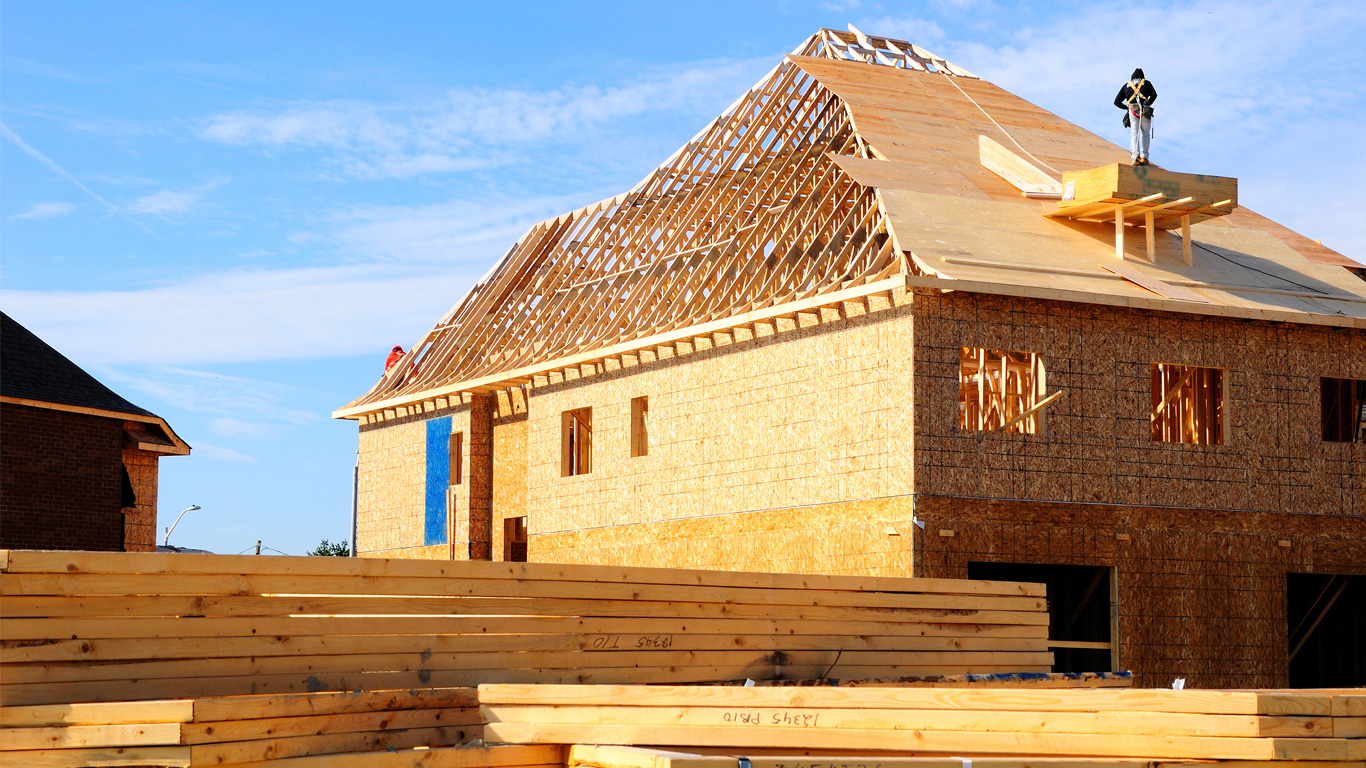
No doubt you’ve read headline after headline over the last few years about the shortage of housing across Canada, and it’s likely you or someone you know has been affected by it.
In addition to zoning, fees, permits, cost of materials and other challenges involved in getting shovels in the ground to meet the demand for housing, having enough labour to build it all and the cost of wages is a common concern.
Among all occupations (not adjusted for seasonality), the number of job vacancies nationwide fell from 991,680 in the third quarter of 2022 to 737,530 in the third quarter of 2023, a decline of roughly one-quarter (-25.6%).
In the broad category of trades, transport and equipment operators and related occupations, the number of vacancies fell from 180,335 to 139,585 (-22.6%) over the same period. Let’s have a look at some vacancy numbers among that category’s occupations and occupational groups related to housing construction.
Vacancies down in the key trades
The number of vacancies nationwide for plumbers, pipefitters and gas fitters declined from 5,085 in the third quarter of 2022 to 4,010 (-21.1%) in the third quarter of 2023, while those for carpenters and cabinetmakers fell from 14,010 to 9,345 (-33.3%).
Over the same period, vacancies in the masonry and plastering trades—including bricklayers, concrete finishers, tilesetters and drywall installers—declined from 5,320 to 3,765 (-29.2%). Vacancies for electrical trades and electrical power line and telecommunications workers declined from 8,025 to 6,655 (-17.1%), and electricians (except industrial and power system) accounted for almost three-quarters (73.1%) of the vacancies for this occupational group in the third quarter of 2023.
Vacancies in other construction trades, such as roofers and shinglers, glaziers (glass installers), insulators, and floor covering installers, declined at a slower rate—from 7,720 to 7,065 (-8.5%).
The average offered hourly wage saw little change among most of these occupations and groups. Gas fitters were offered $34.20 per hour in the third quarter of 2023, compared with $29.90 a year earlier, while the offered hourly wage for plasterers, drywall installers and finishers and lathers dropped from $30.05 to $26.95.
From 2021 to 2022, certifications increased for electricians (+306, +3.8%) and other construction workers (+39, +26.5%), but decreased for plumbers, pipefitters and steamfitters (-327, -7.5%), and carpenters (-465, -10.5%). New registrations were up for all those trades, except for other construction workers.
Despite recent declines in vacancies, more trades helpers and labourers still needed
Vacancies for construction trades helpers and labourers, who assist skilled tradespersons at construction sites, declined from 25,200 in the third quarter of 2022 to 18,300 in the third quarter of 2023 (-27.4%).
The number of vacancies were also down from 27,115 in the second quarter of 2022, the highest number on record since we started tracking the current data series in 2015.
However, the number of vacancies in the third quarter of 2023 has more than doubled (+153.5%) from 7,220 in the third quarter of 2015. Vacancies in this occupational group typically peak in the third quarter, when the construction sector is often at its busiest.
The average offered hourly wage was $22.60 in the third quarter of 2023, virtually unchanged from a year earlier ($22.45).
More business locations
There were 113,657 business locations nationwide in the residential building construction industry group in December 2023, up from 111,992 in June 2023. Businesses in this industry group include contractors, builders and design-build firms who construct, remodel and renovate single-family and multi-family residential buildings.
Looking ahead
Job Vacancy and Wage Survey data for the fourth quarter of 2023 will be released on March 19, 2024.
Check out our Housing statistics and Construction statistics portals for the latest information and analysis.

StatsCAN app
Did you know you can read StatsCAN Plus articles and more on the StatsCAN app? If you’re already using the app, let us know what you think by leaving a review in the App Store and Google Play.
Contact information
For more information, contact the Statistical Information Service (toll-free 1-800-263-1136; 514-283-8300; infostats@statcan.gc.ca) or Media Relations (statcan.mediahotline-ligneinfomedias.statcan@statcan.gc.ca).

